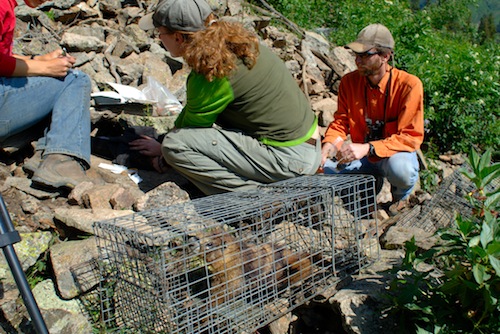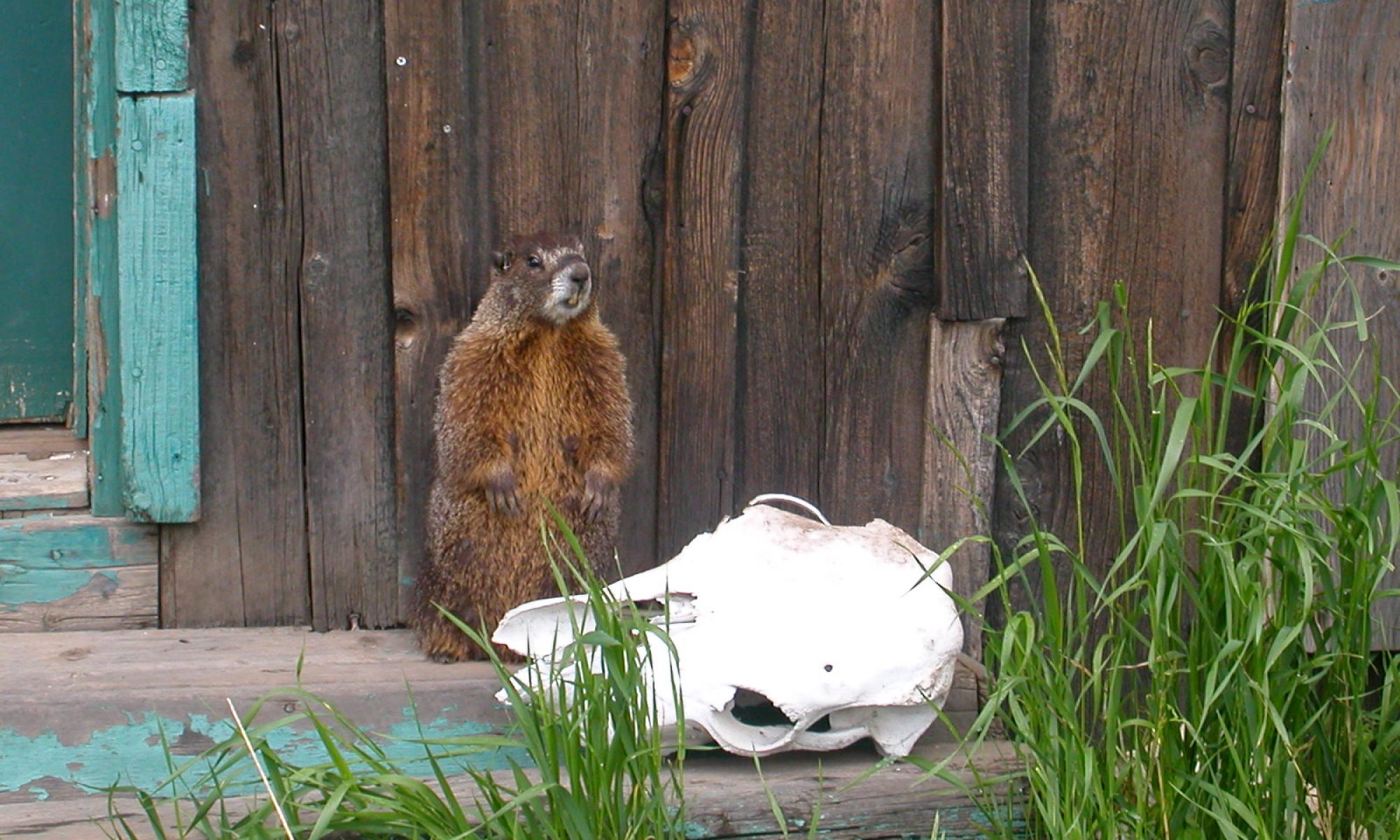PROJECT OVERVIEW AND MANAGEMENT
This project is one of the world’s longest studies of free-living animals and the third-longest study of individually-marked, free-ranging mammals. The late Ken Armitage started the study in 1962 and Dan Blumstein (marmots@ucla.edu) and Julien Martin (julien.martin@uottawa.ca) are now responsible for its daily management, data management, and oversight. General data collection methods include regularly trapping, handling and observing these animals. We also collect blood, fecal and hair samples from these animals for genetic and hormone analyses in the lab. In addition, we collect data from detailed experiments depending on our current research goals, each of which has its own set of specific protocols.

Overview: All data are freely available to the public.
Educational users: We are very keen to work with people developing educational modules and other uses of these data.
Academic users: Data have been collected through the collaborative efforts of many and we request that potential academic users of the data contact us to talk about collaborative projects. We maintain a policy of freely sharing data with potential collaborators. Please note that because we are actively engaged in many collaborative and concurrent projects, data are shared on case by case basis so as not to conflict with planned or current projects. For inquiries and additional details, please contact Dan Blumstein (marmots@ucla.edu).
DATA COLLECTION PROTOCOLS AND METADATA
Code and data to replicate analyses are now published in OSF with each paper (we are working to include code and data with older papers) and the entire database is an R package–ybamaRmot. The core data set consists of demographic, behavioral, and genetic data collected on individuals. Demographic and behavioral data are proofed and entered into our database the fall after collection. Genetic samples are extracted annually, which allows us to update measures of reproductive success. Plasma and red blood cells are stored in a -80°C freezer with an alarm and daily monitoring. Blood smears are scored for parasites and neutrophil:lymphocyte ratios calculated upon return from the field. Steroid hormones are extracted from frozen fecal samples upon return from the field.
We describe data collection protocols in The Book of Marmot; a resource that we regularly update and expand to clarify procedures.
Last updated: 10 July 2024
